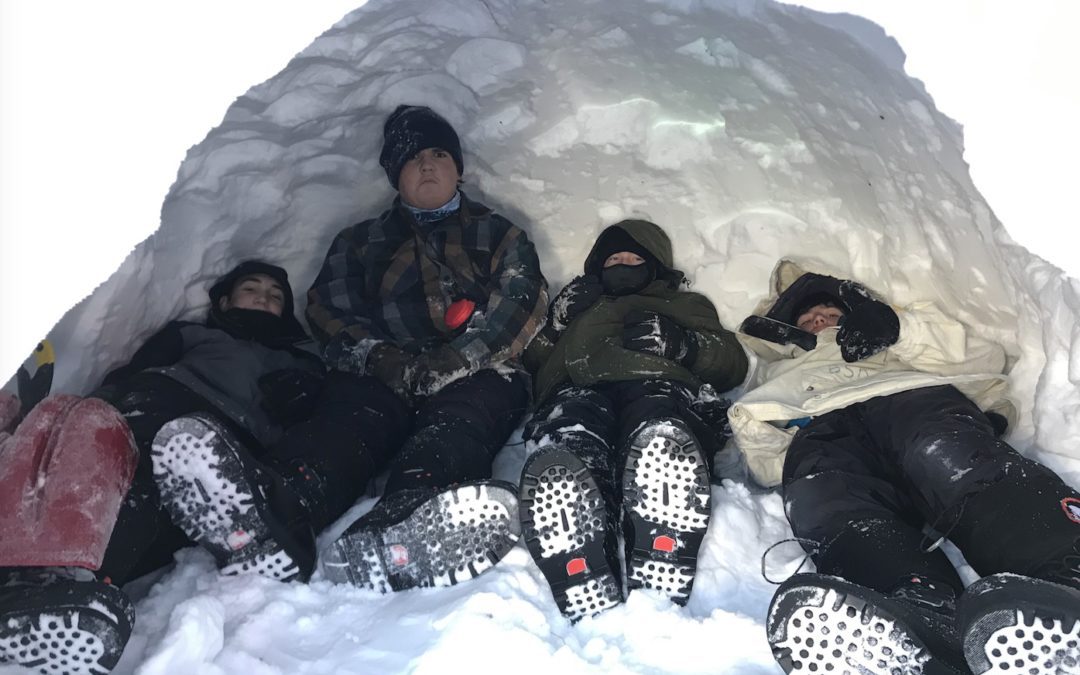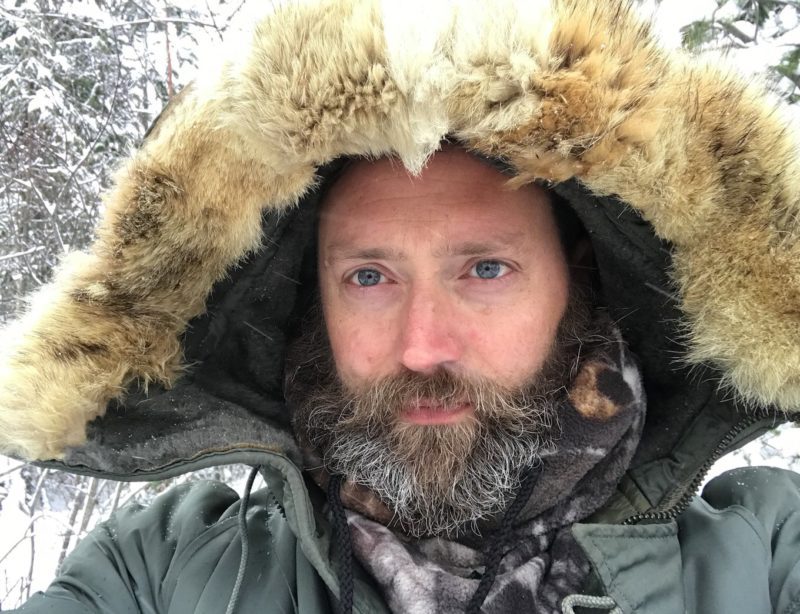It was our first full day at camp and the 11 of us were cold in the kind of way only Texans can be in negative temperatures. We complained and stated beliefs of just how unbearably cold it was and how certain we were that death was only a few breaths away.
Actually, that was just me.
The boys were having a blast.
We piled snow in a dome that ultimately ended up being 6 1/2 feet tall and 10 1/2 feet in diameter. After this dome was completed, we started on another. Our camp’s assigned interpreter Ashley C. carefully monitored our condition as we shoveled. She watched to make sure we didn’t lose feeling in our appendages and that we were handling our sweat correctly. “How you deal with heavy work in extreme cold can mean the difference between life and death,” Ashley explained. “Removing your clothing to cool off is OK but you need to be certain not to freeze.”
Exactly.
Please refer to my previous thoughts on life in negative degree temperatures.
We completed the second dome of highly packed snow then went on a hike that required snowshoes. These bulky ice-grippers took some getting used to but soon the boys and I were trekking through the falling snow with ease. We returned to our domes of snow to find them not yet to Ashley’s liking. “The snow needs to set for a few more hours to be safe for turning into a quinzee,” Ashley detailed.
A quinzhee, or quinzee, is a survival shelter made of packed snow. Once the snow is packed, an interior cave in which to sleep or shelter out the weather in can be carved out with a shovel. Our snow had yet to harden enough so sleeping outdoors in an -18 degree snowstorm that night was off the table.
Darn the luck.
Our troop actually was lucky that we didn’t sleep outside that night as four boys from another troop that did do so had to receive medical care for hypothermia and frostbite. Ashley said that these boys were from northern states and that their conditions partially came about because of that. “Folks from Wisconsin and Minnesota come here thinking that they’re prepared to deal with extreme weather. But they’re not. All they do back home is go from their house to their car then to work or school. Guys like you from Texas, that come up here afraid of the cold weather, actually respect it more and fair better in it.”
Chalk one up for being fearful!
The next day Ashley allowed the boys to carve out their quinzees then used me and the two other adults to help demonstrate another type of winter shelter. She had us make a wind break, which is nothing more than a horseshoe shaped wall of snow maybe one foot high. “Mr. Young, Mr. Matthes, and Mr. Mikosh will sleep in these shelters tonight to show that, with the right clothing and sleeping bag, you can survive the cold winter night no problem.”
“It’s supposed to be, like four degrees tonight,” I gasped in disbelief and disapproval. “And snow!”
“Yeah, it’s a lot warmer today,” Ashley agreed. “Still, good thing y’all made the breaks.”
The boys broke from their literal frozen appearance to cheer and joke about their leaders sleeping out in the snow while they’d be huddled up inside an actual snow cave.
I might have cried had I not believed my tears would have frozen solid.
This was going to be tough.
Find Gayne’s books on Amazon. Enjoy other great reading in the pages of www.sportingclassics.com.


